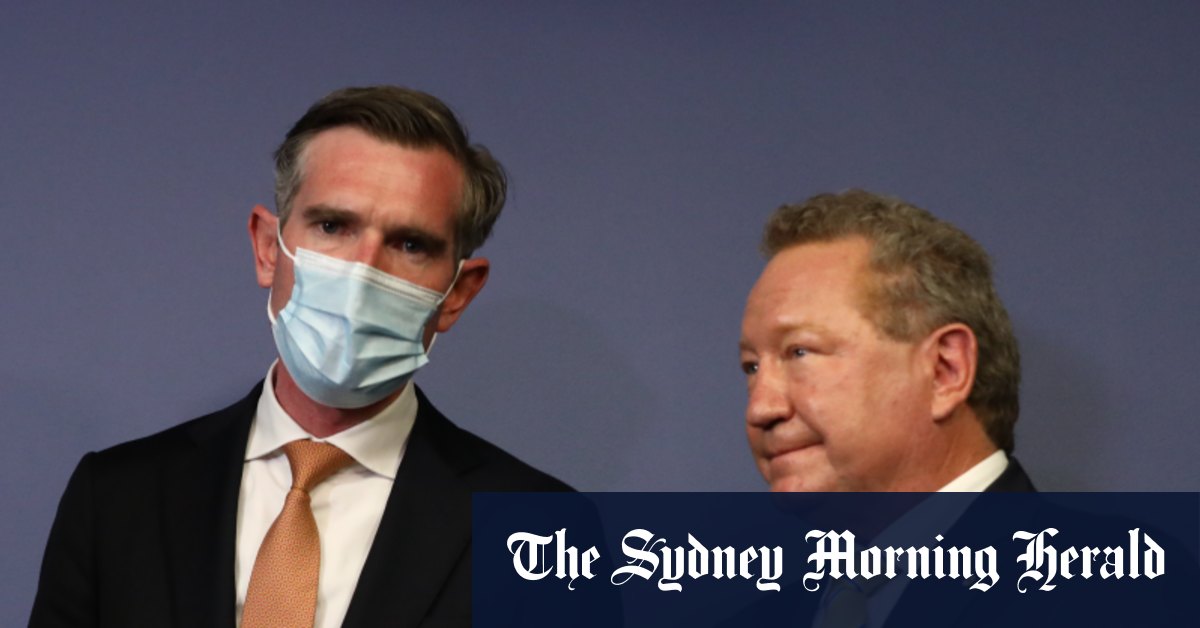
“They currently have high costs of production, suffer from limited enabling infrastructure, can involve large energy losses from production to consumption, and, in most cases, must be handled more carefully than traditional liquid fuels.”
Industry representatives for dozens of Australian hydrogen developers such as Ampol, Woodside Petroleum, Origin Energy and Wesfarmers said planning, funding and targets would be critical to spurring necessary investment in electrolysers, pipelines and other infrastructure required to scale up the industry.
“Australia has enormous opportunity to lead the world in the production, use and export of hydrogen and the NSW government has demonstrated the leadership needed to drive the creation of the clean hydrogen industry,” Australian Hydrogen Council chief executive Fiona Simon said.
“Plans and funding like this will mean Australia should not miss the boat on international opportunities and instead, will be well-positioned to be a leading producer and user of hydrogen in Australia and globally.”
The NSW plan aims to drastically reduce the cost of green hydrogen from $8.60 a kilogram to $2.80 by the end of the decade. Still, the targeted cost would remain higher than the federal government’s stated goal for green hydrogen to cost less than $2 a kilogram, the point at which it believes it would be competitive.
Among the incentives contained in the NSW hydrogen plan is a 90 per cent exemption from electricity network charges for green hydrogen producers that connect to parts of the grid with spare capacity.
Transgrid, which manages and operates the NSW’s coal-heavy electricity transmission network, said Australia could potentially produce the lowest-cost hydrogen globally and become a green energy “superpower” if the nation embarked on efforts to achieve the Paris Agreement’s aspirational target of limiting temperature rises to 1.5 degrees.
“Renewable energy resources could enable Australia to produce some of the lowest cost green hydrogen in the world, falling to $1/kg by 2050 at major hydrogen-producing locations on the south and east coasts of Australia,” Transgrid’s head of network planning and operations Kasia Kulbacka said.
Director of Victoria Energy Policy Centre at Victoria University Bruce Mountain said it was likely that hydrogen could eventually help replace some fossil fuel-based energy, export revenue and jobs. But he warned that hydrogen technology was in its infancy, and it was not yet clear which of its potential applications would eventually become commercially viable.
Rapid improvements in battery technology might have already displaced the role of hydrogen fuel cells in cars, but hydrogen may have a role as a shipping fuel as well as in steel-making for fertilisers, Professor Mountain said.
Rob Wheales, managing director of Australian gas pipeliner APA Group said it was “absolutely clear” that Australia and NSW had natural competitive advantages in hydrogen.
“While there are economic challenges, and the science of developing a clean hydrogen economy continues to develop, Australia is a step ahead with an abundance of wind and solar to power the production of renewable ‘green’ hydrogen and an existing network of pipelines potentially capable of transporting hydrogen for domestic use or export,” Mr Wheales said.
The Market Recap newsletter is a wrap of the day’s trading. Get it each weekday afternoon.








